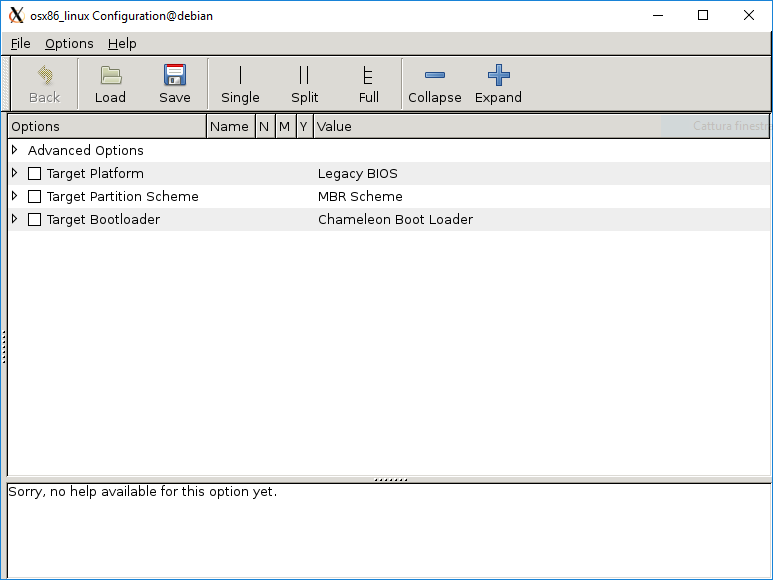

- OSINSTALL.MPKG PATCHED FOR MBR MAC OS X
- OSINSTALL.MPKG PATCHED FOR MBR ZIP FILE
- OSINSTALL.MPKG PATCHED FOR MBR PC
- OSINSTALL.MPKG PATCHED FOR MBR WINDOWS
OSINSTALL.MPKG PATCHED FOR MBR MAC OS X
Open up a window of the original Mac OS X Install ESD drive and copy everything within Packages to the empty Packages folder on your USB drive.Once you’ve opened up Mac OS X Base System (the one that’s your flash drive), go to /System/Installation.Figure out which one is your USB copy (you can right-click > Get Info and use the capacity as an indicator), and open it up. When it’s finished, you’ll end up with 2 “Mac OS X Base System” drives on your desktop.This process will take anywhere from 5 to 10 minutes depending on the speed of your flash drive. Make sure that “Erase destination” is checked.For the destination, drag your USB drive from your desktop into the empty Destination box.For the source, drag “Mac OS X Base System” from your desktop into the empty Source box.Click on the Restore button in the middle area.Click on your flash drive in the left sidebar.Run the following command in Terminal to mount “BaseSystem.dmg” within the 10.8 DMG: open /Volumes/Mac\ OS\ X\ Install\ ESD/BaseSystem.dmg.Reload Finder by running the following command in Terminal: killall Finder.Show hidden files in Finder by running the following command in Terminal: defaults write AppleShowAllFiles TRUE.Mount the DMG for Mountain Lion (will be called Mac OS X Install ESD on your desktop).Using a USB 3.0 flash drive will help things out quite a bit. Part 3 – Preparing your USB drive with 10.8 Leave Disk Utility open, as you’ll need it later.Choose “Mac OS X Extended (Journaled)” as the format, and give your drive a label (like “ML USB”).Click on your USB drive in the left sidebar.Make sure to backup the files that are already on your USB flash drive via Disk Utility in Mac OS X: Format the new unallocated space as NTFS and give it a label (mine was ML).Wait for it to calculate the amount of space you can make your partition, and enter in your amount (for an exact GB amount, multiple your desired amount of GB times 1024, so a 20GB partition would be 20480MB).Find your drive, right-click on it, and go to Shrink Volume.diskmgmt.msc (press enter after typing that).
OSINSTALL.MPKG PATCHED FOR MBR WINDOWS
OSINSTALL.MPKG PATCHED FOR MBR ZIP FILE


OSINSTALL.MPKG PATCHED FOR MBR PC
My test installation was successfully done on a custom-built gaming PC with the following specs: Fortunately, this is a desktop, and it’s typically hard-wired via gigabit Ethernet, which works fine. Just about everything is working without a flaw in Mac OS X, minus the support for Wi-Fi. In the screenshot above, you’re looking at the default Mac OS X 10.8.0 desktop, with the System Information application open.


 0 kommentar(er)
0 kommentar(er)
